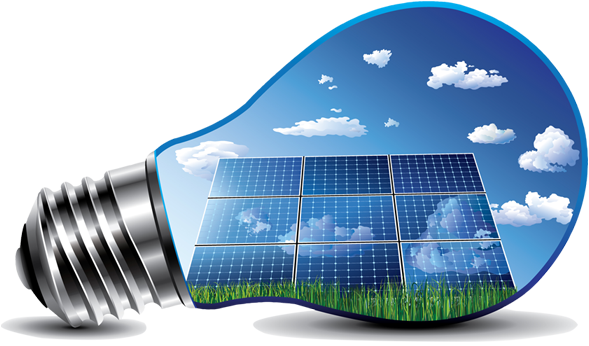Researchers at the Northwestern University have developed a new kind of an eco-friendly solar cell using tin as a light-absorbing material, which they claim is highly efficient. Mercouri G. Kanatzidis, an inorganic chemist with the Northwestern University stated that using tin in the solar cells has given positive results so far. Also, with the oust of the hazardous substance lead, this will also be an environmental-friendly solar cell.

The researchers employed a structure called perovskite with tin in order to develop, synthesize and study the material. When lead perovskite was used in solar cells, researchers observed a 15% efficacy, and they were expecting similar results while trying out tin perovskite. Robert PH Chang, nanoscientist and Northwestern collaborator, stated that tin perovskite layer is a very efficient sunlight absorber, and it’s embedded between two electric charge transport layers to conduct electricity.
Kanatzidis added that the solid-state solar cell efficiency is just 6 percent, which is a great start-line for the tin perovskite substance. The two major plus points of using this material –
- It absorbs almost all of the visible light spectrum
- It can dissolve the perovskite salt that’ll reform upon solvent removal without heat.
Solar energy is a sustainable and free resource. Kanatzidis believes that developing proper, efficient ways to harvest this energy could aid in improving the standard of living as well as save the environment. The researchers have thus declared perovskite solar cells as ‘next big thing in photovoltaics’. Other metal perovskite-structures may be tested in the future, thus expanding the magnitude.
Researchers at the Northwestern University have developed a new kind of an eco-friendly solar cell using tin as a light-absorbing material, which they claim is highly efficient. Mercouri G. Kanatzidis, an inorganic chemist with the Northwestern University stated that using tin in the solar cells has given positive results so far. Also, with the oust of the hazardous substance lead, this will also be an environmental-friendly solar cell.
The researchers employed a structure called perovskite with tin in order to develop, synthesize and study the material. When lead perovskite was used in solar cells, researchers observed a 15% efficacy, and they were expecting similar results while trying out tin perovskite. Robert PH Chang, nanoscientist and Northwestern collaborator, stated that tin perovskite layer is a very efficient sunlight absorber, and it’s embedded between two electric charge transport layers to conduct electricity.
Kanatzidis added that the solid-state solar cell efficiency is just 6 percent, which is a great start-line for the tin perovskite substance. The two major plus points of using this material –
Solar energy is a sustainable and free resource. Kanatzidis believes that developing proper, efficient ways to harvest this energy could aid in improving the standard of living as well as save the environment. The researchers have thus declared perovskite solar cells as ‘next big thing in photovoltaics’. Other metal perovskite-structures may be tested in the future, thus expanding the magnitude.